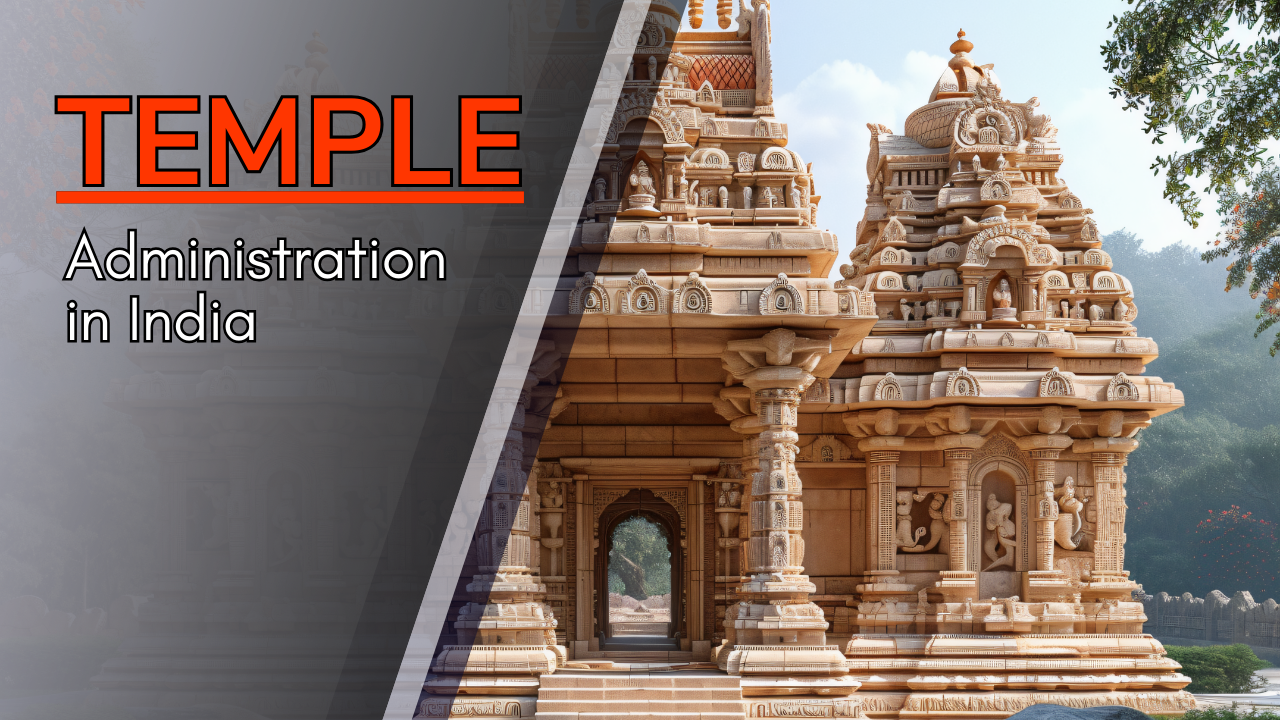Font size:
Print
Northeast India: Unlocking the Gateway to Southeast Asia’s Growth Future
Northeast India: The Strategic Gateway Powering India’s Act East Vision
Context: Prime Minister Narendra Modi, while inaugurating the Rising Northeast Investors Summit 2025, declared that the Northeast (NE) region is no longer a ‘frontier’ but a ‘frontrunner of growth’. He emphasised the vision of transforming NE into India’s gateway to Southeast Asia, aligning with India’s evolving Act East Policy. The summit marks a pivotal shift in India’s regional development strategy, positioning NE as a strategic economic and geopolitical hub.

Strategic Significance of the Northeast Region
- NE is envisioned as a “gateway to the ASEAN region”, catalysing trade and connectivity between India and Southeast Asia.
- It is integral to India’s Indo-Pacific outreach, bolstered by proximity to Myanmar, Bangladesh, Bhutan, and China.
- Modi’s articulation: “East does not mean just direction; it means Empower, Act, Strengthen, Transform”.
Major Infrastructure Projects Underway
- Multi-Modal Connectivity
Governance and Policy Focus
- Over 700 Union Ministerial visits in a decade—indicating sustained central engagement.
- Shift from ‘Look East’ to ‘Act East’—with real ground-level transformation.
- The government’s zero tolerance policy against terrorism and Naxalism has led to over 10,000 youth renouncing violence.
- Assurance of peace and security crucial for investment and growth.
- India-Myanmar-Thailand Trilateral Highway to connect directly with Thailand, Vietnam, and Laos.
- Kaladan Multimodal Transit Transport Project to link Kolkata Port → Sittwe Port (Myanmar) → Mizoram, reducing travel time and boosting industrial growth.
- Development of Guwahati, Imphal, Agartala as Multi-Modal Logistics Hubs.
- New Land Custom Stations in Meghalaya and Mizoram to enhance cross-border trade.
- Domestic Connectivity Revolution
-
- 11,000 km of highways were constructed in the last decade.
- Expansion of railways and doubling of airports in the region.
- Development of waterways on Brahmaputra and Barak rivers.
- Extensive mobile and digital infrastructure rollout.
- Commissioning of Northeast Gas Grid (1,600 km) to power local industries.
Sectoral Opportunities and Emerging Industries
- Energy Sector: A Powerhouse in the Making
-
-
- The PM called the region the “Powerhouse of Energy”.
- Major investments in hydropower and solar energy across all NE states.
- Focus on energy self-sufficiency to reduce import dependency.
-
- Strategic Sector – Semiconductors
-
-
- NE projected as a potential hub for semiconductor manufacturing.
- Support for manufacturing of solar modules, storage units, and R&D.
-
- Bioeconomy and Natural Resources
-
-
- Key growth areas: bamboo industry, tea production, petroleum, critical minerals, organic farming.
- Emphasis on sustainable development leveraging NE’s rich biodiversity.
-
- Tourism and Wellness Economy
-
- Promotion of eco-tourism, wellness tourism, and even destination weddings.
- Alignment with ‘Heal in India’ initiative: NE as a global wellness destination.
Geopolitical Context and Regional Cooperation
- PM Modi’s emphasis counters external narratives such as Bangladesh’s claim of being “guardian of the ocean” for NE.
- India asserts strategic autonomy and aims to develop independent trade linkages via NE.
- NE becomes the bridge to Indo-Pacific trade and diplomacy.
Conclusion: Northeast as the New Economic Horizon
- The Rising Northeast Investors Summit 2025 marks a transformative milestone in integrating NE into India’s economic mainstream.
- With major infrastructure, energy, and connectivity projects, and unprecedented investment pledges, NE is poised to emerge as the strategic trade corridor to ASEAN.
- The focus on sustainable growth, peace, connectivity, and private sector participation makes the Northeast a symbol of inclusive development and national integration.


